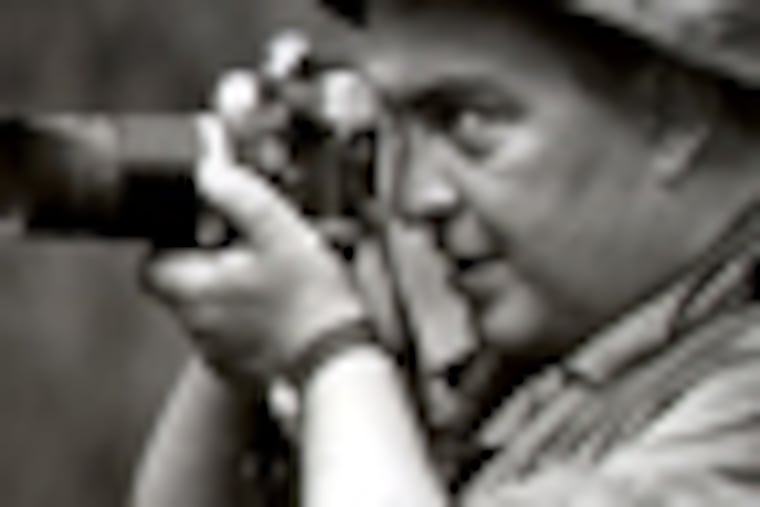Horst Faas | War photographer, 79
Horst Faas, 79, a prizewinning combat photographer who carved out new standards for covering war with a camera and became one of the world’s legendary photojournalists in nearly half a century with the Associated Press, died Thursday in Munich, Germany.

Horst Faas, 79, a prizewinning combat photographer who carved out new standards for covering war with a camera and became one of the world's legendary photojournalists in nearly half a century with the Associated Press, died Thursday in Munich, Germany.
A native of Germany who joined the U.S.-based news cooperative there in 1956, Mr. Faas photographed wars, revolutions, the Olympic Games, and events in between. He was best known for covering Vietnam, where he was severely wounded in 1967 and won four major photo awards, including the first of his two Pulitzer Prizes.
As chief of AP's photo operations in Saigon for a decade beginning in 1962, Mr. Faas covered the fighting while recruiting and training new talent. The result was "Horst's army" of young photographers, who fanned out with Faas-supplied cameras and film and stern orders to "come back with good pictures."
Among his proteges was Nick Ut, who under Mr. Faas' tutelage won one of the news agency's six Vietnam War Pulitzers, for his 1972 picture of a badly burned girl fleeing a napalm attack.
His reputation as a taskmaster and perfectionist belied a humanistic streak he was loath to admit, while helping less fortunate ex-colleagues and other causes.
In 1972, he won a second Pulitzer for pictures of torture and executions in Bangladesh.
In later years, Mr. Faas turned his training skills into a series of international photojournalism symposia.
He also helped to organize reunions of the Saigon press corps, and was attending a combination of those events when he became ill in Hanoi on May 4, 2005. He was hospitalized first in Bangkok and then in Germany, where doctors traced his permanent paralysis from the waist down to a spinal hemorrhage caused by blood-thinning heart medication.
Although requiring a wheelchair, he continued to travel to photo exhibits and other professional events. — AP